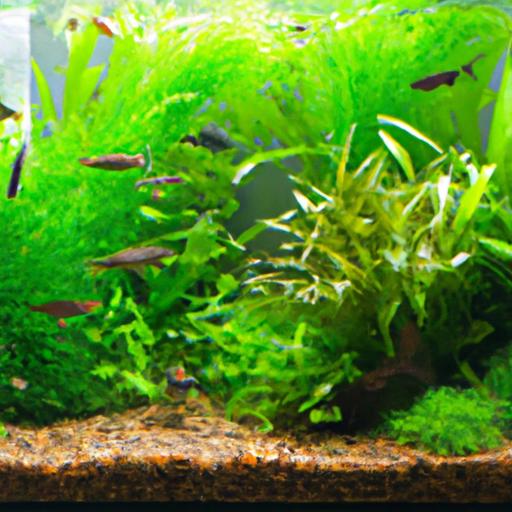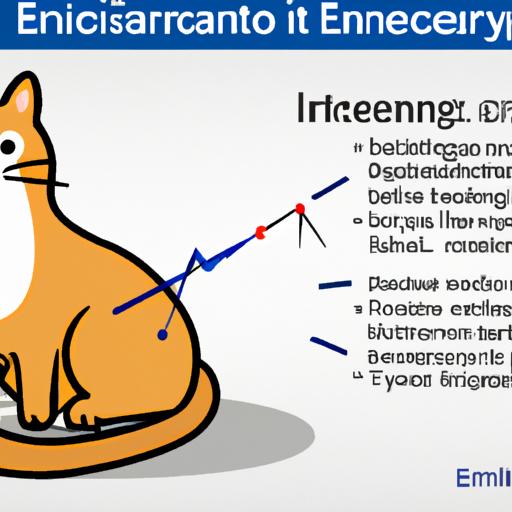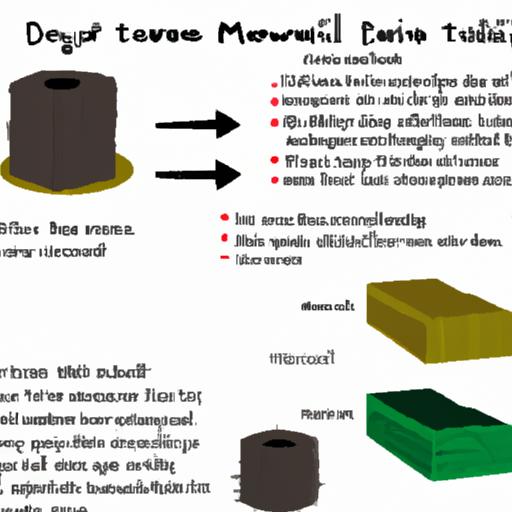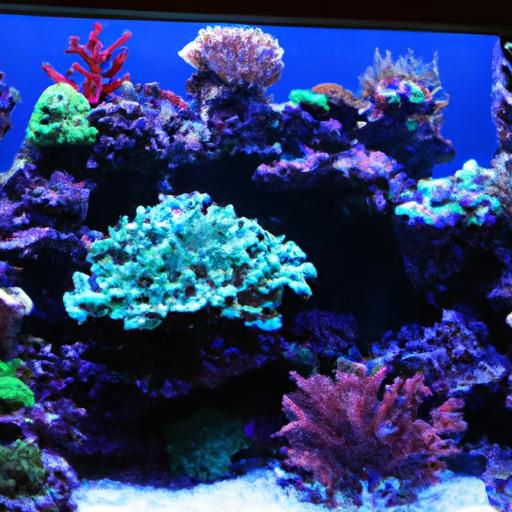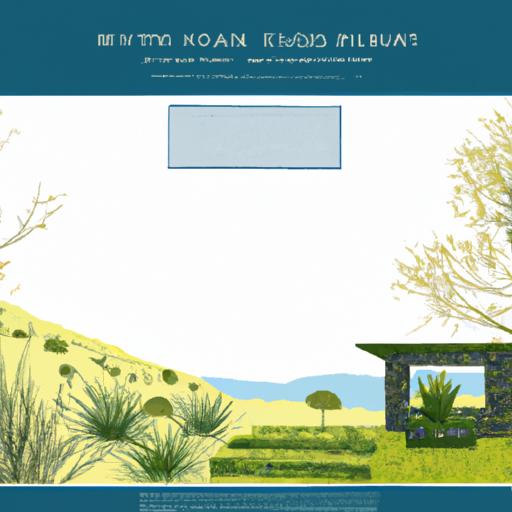
Tips for Creating a Cat-Friendly Garden
Discover valuable tips for creating a cat-friendly garden. From safe boundaries to cat-safe plants, learn how to design a stimulating outdoor space for your furry friend.
Introduction
Are you a cat lover who also enjoys spending time in your garden? Creating a cat-friendly garden can be a wonderful way to provide your feline friend with a safe and stimulating outdoor environment. Not only does it enhance their overall well-being, but it also adds a touch of nature to your own outdoor space. In this article, we will explore some valuable tips to help you create a garden that your furry companion will love to explore and enjoy.
Tips for Creating a Cat-Friendly Garden
Providing Safe and Secure Boundaries
One of the first considerations when designing a cat-friendly garden is to ensure that your furry friend remains safe within the boundaries. Cats are known for their curiosity and agility, so it’s essential to create a secure environment to avoid any potential hazards. Start by installing a sturdy fence or barrier around your garden perimeter to prevent your cat from wandering off and encountering dangers such as busy roads or neighboring pets. Additionally, consider using cat-proof netting or wire mesh to cover any gaps or potential escape routes.
Selecting Cat-Safe Plants and Avoiding Toxic Ones
Cats are naturally drawn to plants and love to explore their surroundings. However, it’s crucial to choose plants that are safe for feline consumption and avoid those that can be toxic to them. Some popular cat-safe plants include catnip, catmint, and wheatgrass. These plants not only provide sensory stimulation for your cat but also offer a safe and enjoyable grazing experience. On the other hand, toxic plants such as lilies, tulips, and certain species of ferns can be harmful if ingested by your furry companion. To ensure the well-being of your cat, research and carefully select plants that are non-toxic and suitable for your garden.
Creating Vertical Spaces for Climbing and Perching
Cats love to climb and observe their surroundings from elevated positions. By incorporating vertical spaces in your garden, you can fulfill their natural instincts and provide them with a sense of security. Consider installing cat trees or scratching posts that allow your cat to climb, scratch, and explore. You can also create elevated platforms or shelves along fences or walls to provide additional opportunities for climbing and perching. These vertical spaces not only add aesthetic appeal to your garden but also offer a stimulating environment for your feline friend.
Providing Hiding Spots and Cozy Resting Areas
Just like humans, cats appreciate having their own cozy nooks and hiding spots. These areas provide a sense of security and tranquility for your cat. Integrate various hiding spots throughout your garden, such as dense shrubs, small wooden boxes, or even purpose-built cat houses. These secluded spots offer a retreat for your cat when they need some alone time or feel the need to observe their surroundings from a safe distance. Additionally, ensure there are comfortable resting areas with soft bedding or cushions where your cat can relax and bask in the sun.
FAQ: Frequently Asked Questions about Cat-Friendly Gardens
Are there specific plants that cats prefer?
Cats are known to have individual preferences when it comes to plants. While some cats may be attracted to catnip or catmint, others may show more interest in grasses like wheatgrass. It’s always a good idea to experiment with different plants and observe your cat’s response to find the ones they enjoy the most.
How can I prevent my cat from escaping the garden?
To prevent your cat from escaping, it’s important to establish secure boundaries around your garden. Install a sturdy fence or barrier, ensuring there are no gaps or holes that your cat can squeeze through. Additionally, consider using cat-proof netting or wire mesh to cover any potential escape routes.
Can I use chemical pest control methods in a cat-friendly garden?
When creating a cat-friendly garden, it’s important to prioritize your cat’s safety. Avoid using chemical pest control methods that may be harmful if ingested or come into contact with your feline friend. Instead, opt for natural and cat-safe alternatives such as companion planting, organic pest control methods, or physical barriers to protect your garden from pests.
What are some common mistakes to avoid when designing a cat-friendly garden?
When designing a cat-friendly garden, it’s important to avoid certain common mistakes. These include using toxic plants that can harm your cat if ingested, neglecting to create secure boundaries, and not providing enough vertical spaces for climbing and perching. By being aware of these mistakes, you can ensure a safe and stimulating environment for your furry companion.
Conclusion
Creating a cat-friendly garden is a wonderful way to enrich your cat’s life while enjoying the beauty of nature. By following the tips provided in this article, you can design a garden that not only meets your cat’s needs but also enhances your own outdoor space. Remember to provide safe boundaries, select cat-safe plants, incorporate vertical spaces, and create cozy resting areas. Your feline friend will thank you for creating a garden paradise tailored just for them.
Creating a Feline Safe Haven at Home and Creating a Cat-Safe Outdoor Garden offer additional resources and inspiration for designing a cat-friendly environment. So, let your imagination soar and design a garden that will make your cat purr with delight!

















